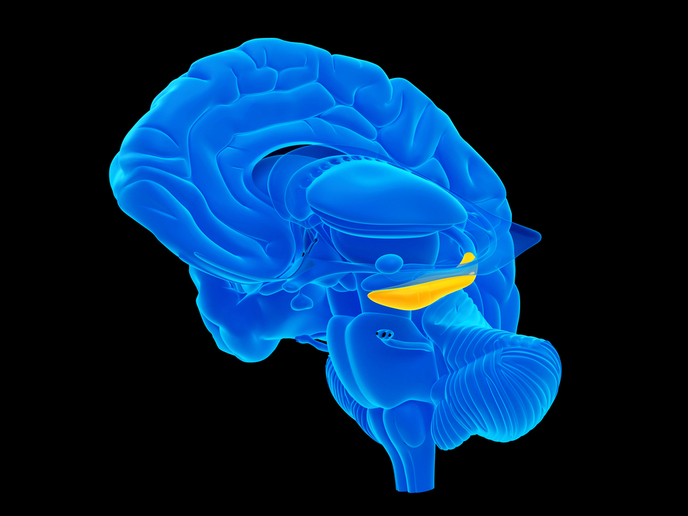How birds and mammals process sound
Previous work in this area used tones or white noises not usually encountered in the natural world. The NONSTATENCODING (Intensity and timing encoding of naturalistic sounds in auditory brainstem neurons of cats and owls) project analysed auditory responses to natural, non-stationary sounds. The first part of the project involved recording the response of the barn owl's cochlear nucleus to different kinds of sounds. Researchers collected responses to sounds of different intensities from more than 75 cells. Scientists also analysed in vivo (from animals) and in vitro (from cultured cells) auditory nerve data collected by other scientists. From this information, scientists developed a model to explain processing differences between the auditory nerve and the cochlear nucleus. Their results revealed that the cochlear nucleus processes auditory information more efficiently than the auditory nerve does. These differences can be attributed to a single-cell mechanism, called spike threshold adaptation, which filters auditory information more selectively. These findings were corroborated by information collected from the cochlear nucleus of cats. The cochlear nucleus showed a robust response to auditory information of varying intensities. NONSTATENCODING results have had a significant impact on how scientists now understand the auditory processing of realistic stimuli. As well as providing fresh scientific insights, project results will help in the design of improved auditory prosthetic devices and other technological applications. The project's success clearly demonstrates the need for engineers creating innovative concepts in signal processing and in biomedical devices to cooperate closely with neuroscientists.
Keywords
Birds, mammals, sound processing, brainstem neurons, auditory responses, cochlear nucleus







